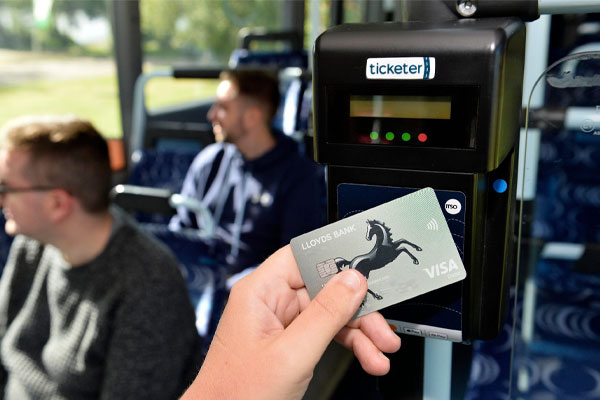Apply for your Sim Card

Apply for your Sim Card
If you're in Canada and looking to get a SIM card, you're in the right place. Getting a SIM card is the first step towards accessing mobile services and staying connected while you're in the country. A SIM card also allows you to make calls, send text messages, and use mobile data on your phone or other similar devices.
Key Points
Do your research and compare the options that are available for you to ensure that you get your money's worth with the right phone.
Having a SIM card will help your phone work to the best of its ability keeping you connected anywhere you go.
In this post, we will walk you through the steps involved in getting a SIM card in Canada, so you can stay connected and make the most of your time in the country.
In our increasingly interconnected world, having a phone and staying connected has become more important than ever. Phones serve as our gateway to communication, information, and services, playing a pivotal role in our daily lives. Whether it's keeping in touch with loved ones, accessing vital resources, or managing work and productivity, the significance of connection and owning a phone cannot be overstated. From emergency situations to social interactions, phones have become indispensable tools that empower us to navigate through the demands of modern life. To do all this, you will need a SIM card in Canada!
Getting a SIM Card
Choose a Service Provider in Canada
Research and select a service provider in Canada that suits your needs. Each operator offers various plans and coverage options. Think about your needs: How many long-distance minutes do you need? Do you want a family plan? How much data did you use before? These questions will help you build your ideal phone plan and find the perfect one that works for your lifestyle.
Choose a Phone Plan
Using your research from before, select the features that suit your requirements. Different plans offer varying amounts of data, talk time, and other services. There are even “Build your own bundle” options with some providers, like Bell, so be sure to keep an eye out for that option! It may be exactly what you're looking for.
Visit a Retail Store or Order Online
Once you have chosen a service provider, you can either visit one of their retail stores or order a SIM card online through their website. It is best to purchase a SIM card directly through the provider's website in order to best deal with their customer service in the future if needed. Don't be afraid to ask questions! You need to have all the information and carefully review all information before signing a potentially long-term contract.
Provide Identification
When obtaining a SIM card, you'll need to provide identification, such as a driver's license. This is a standard requirement for activating a mobile service in Canada.
Activate and Insert the SIM Card
Once you have the SIM card, you'll need to activate it. There will be a set of instructions given to you with the SIM card. Insert the activated SIM card into your device. Ensure that your device is powered off before inserting the SIM card for the activation to work properly.
Set up Your Phone with your New SIM Card
Power on your phone and follow the prompts to complete the setup process. You may need to set up your device as a brand new user to access the mobile data network.
Top Up Your Account (for Prepaid)
If you chose a prepaid plan, you will need to add credit to your account to make calls, send messages, and use data. You can typically top up your account through various methods, such as online, at retail stores, or via mobile apps that will also work on WIFI.
Remember that the specific process and requirements may vary slightly depending on the service provider you choose. It's a good idea to check their website or contact their customer service for precise instructions and details.
Overall, in our fast-paced and interconnected world, having a phone and staying connected are vital for navigating daily life, ensuring safety, and fostering personal and professional growth. So, go get your SIM card and call the person you've been missing lately!










